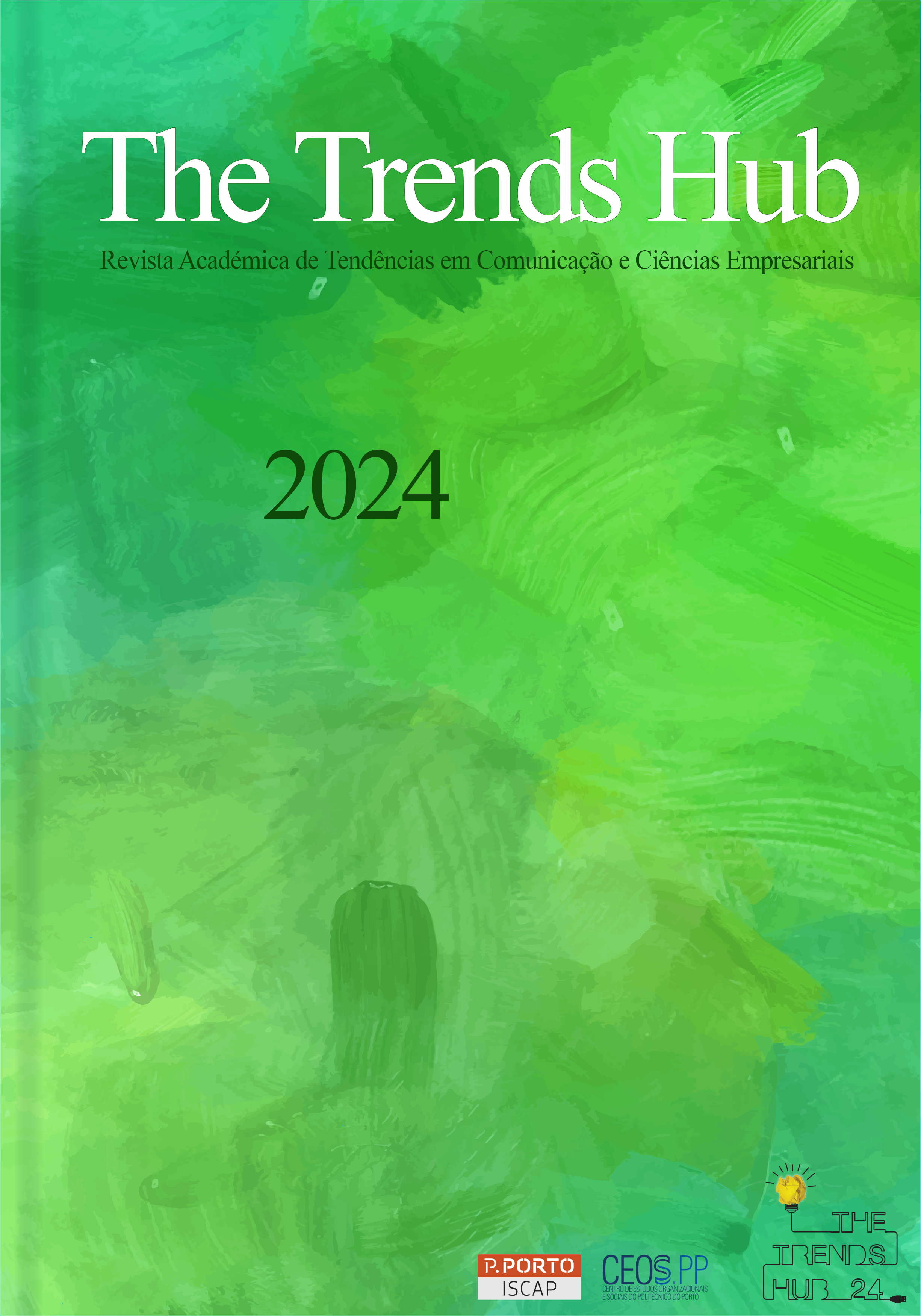Jesus as a Communicator
DOI:
https://doi.org/10.34630/tth.vi4.5721Keywords:
Jesus, Comunication, Teology, ComunicateAbstract
This article examines the figure of Jesus as an exemplary communicator, whose techniques transcended the historical and cultural context of first-century Judea. Jesus stood out for His ability to capture attention and touch people's hearts through parables, gestures of compassion, and an unparalleled ability to connect personally with His audience. Utilizing oral traditions and the social structures of the time, He spread a message of love, hope, and redemption, reaching a diverse audience from the marginalized to intellectuals. The analysis of Jesus' communication strategies not only reinforces His historical importance but also enriches current communicative practices, emphasizing principles of clarity, simplicity, empathy, and adaptability. Despite technological and cultural changes, the foundations of effective communication remain constant; therefore, we can say that the communication of Jesus serves as a paradigm for building bridges of understanding and compassion.
References
Berlo, D. (1960). The Process of Communication.
Bíblia, A. (12:37). Marcos.
Burge, G. M. (2009). Jesus, the Middle Eastern Storyteller.
Crawford. (2002). A Arte do Design Interativo: Um Guia Eufónico e Iluminador para Construir Software de Sucesso.
Engel, S. (2019). O Contexto é Tudo: A Natureza da Memória.
Goleman, D. (1995). Inteligência Emocional.
Hall, E. T. (1966). Proxemic Theory.
Heath, C. (2007). Feito para Durar: Por que Algumas Ideias Sobrevivem e Outras Morrem.
Hultgren, A. J. (2000). The Parables of Jesus: A Commentary.
Mehrabian, A. (1967). Inference of attitudes from nonverbal communication in two channels.
Wiener, N. (1961). Cybernetics: Or Control and Communication in the Animal and the Machine.
Wolfgang Stegemann, B. J. (2002). The Social Setting of Jesus and the Gospels.
Downloads
Published
How to Cite
Issue
Section
License
Copyright (c) 2024 The Trends Hub

This work is licensed under a Creative Commons Attribution-NonCommercial-NoDerivatives 4.0 International License.


